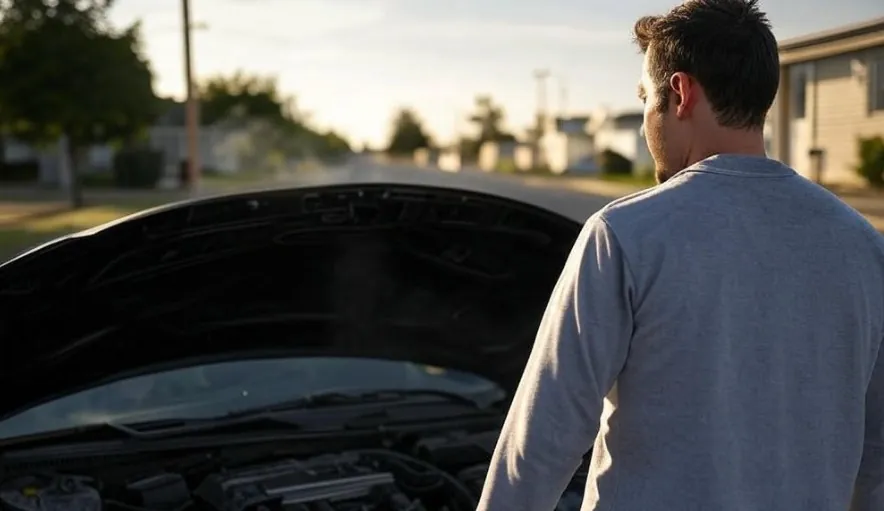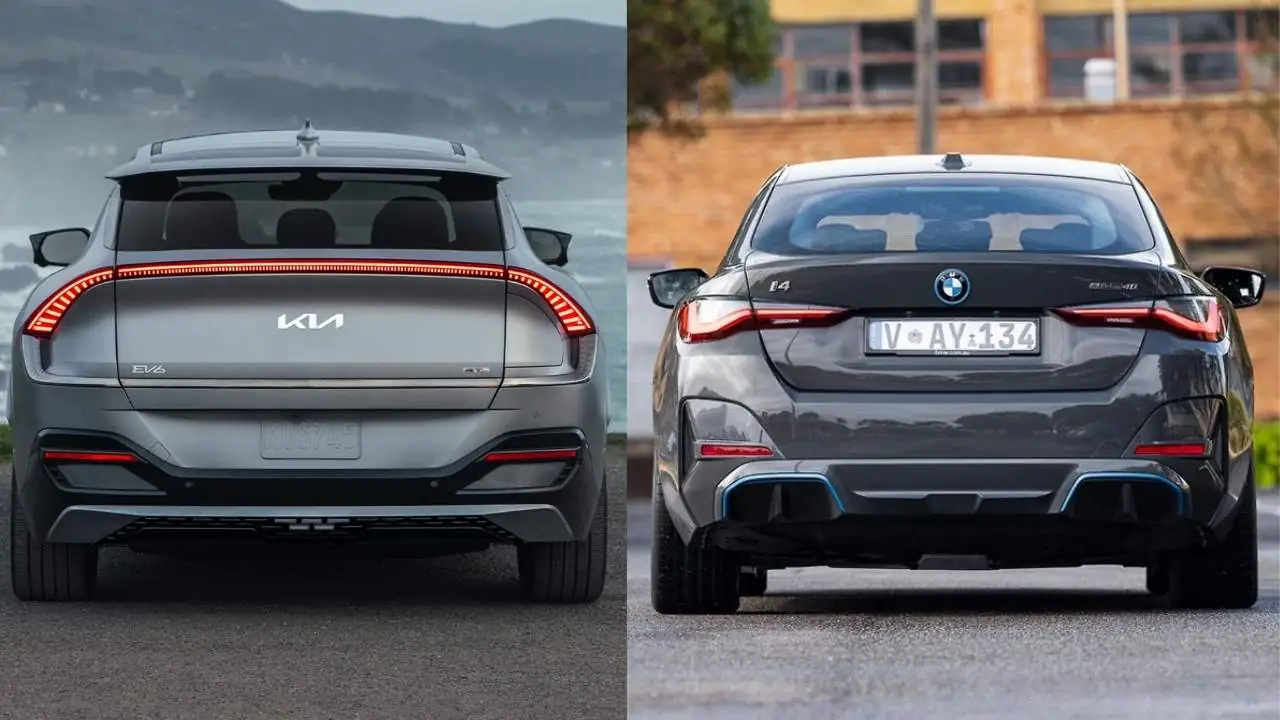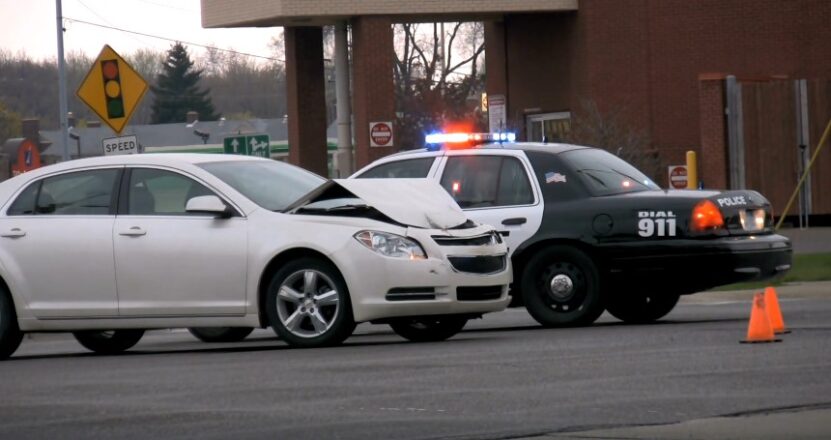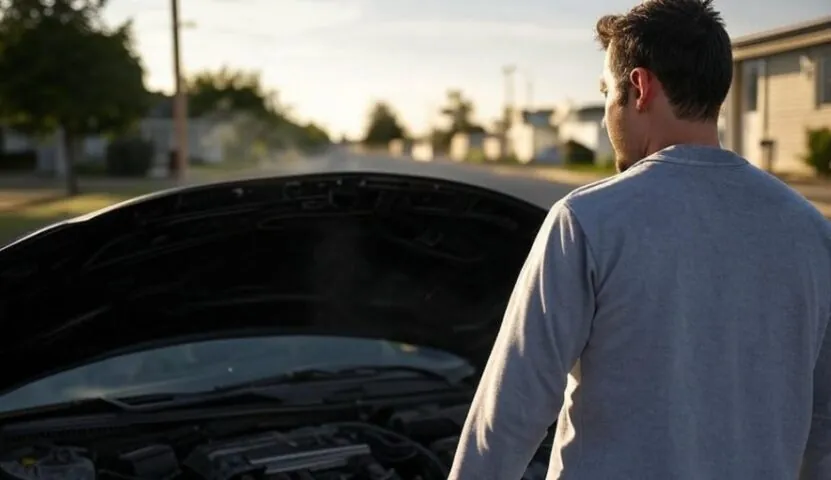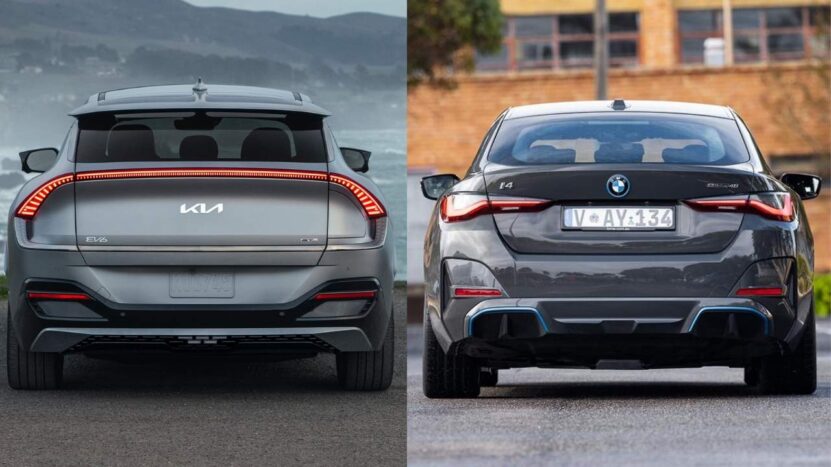
Share Post:
BMW’s advanced safety systems have become increasingly sophisticated, but how do these technologies perform when scrutinized in real-world accident cases? Recent legal proceedings have shed light on both the capabilities and limitations of these safety features.
Court records from 2023-2024 reveal interesting patterns in how BMW’s safety technology has influenced accident outcomes and subsequent legal determinations. Understanding these findings helps both current owners and potential buyers gauge the real-world effectiveness of these systems.
Table of Contents
ToggleActive Safety Systems Under Scrutiny

BMW’s current safety suite includes features like Forward Collision Warning, Lane Departure Prevention, and Adaptive Cruise Control. While these systems have proven effective in controlled testing environments, their performance in actual accidents presents a more complex picture.
Recent court cases have focused particularly on the Dynamic Stability Control (DSC) and Active Protection System, examining their response times and effectiveness in preventing or mitigating accidents. These advanced safety features often become central points of discussion in accident investigations, particularly when determining liability and the extent of injury prevention. Legal proceedings have revealed that while these systems generally perform as designed, human factors often introduce variables that technology alone cannot address.
Key Findings from Recent Cases
Analysis of legal proceedings from major U.S. jurisdictions shows:
- Forward Collision Warning systems successfully alerted drivers in 94% of documented pre-crash scenarios
- Lane Departure Prevention demonstrated 87% effectiveness in preventing unintended lane changes
- Active Protection System activation reduced injury severity in 76% of recorded accidents
- Driver response time to system warnings averaged 1.2 seconds in emergency situations
Human Factors vs. Technology

Court testimonies frequently highlight the interaction between human behavior and safety technology. BMW’s systems are designed to assist, not replace, driver attention and judgment. This distinction becomes crucial in legal proceedings where responsibility must be clearly established.
Experienced personal injury attorneys, like the legal team at MTVLaw.com, emphasize the importance of thoroughly documenting how safety features performed during accidents, as this evidence can significantly impact insurance claims and potential settlements. Their expertise in handling car accident cases shows that while advanced safety systems provide valuable protection, establishing liability often requires careful investigation of both technological and human factors.
One often overlooked aspect in court testimonies involves BMW dashboard warning lights. These indicators play a critical role in alerting drivers to system malfunctions, low tire pressure, or impending maintenance issues that can affect vehicle safety. In several legal cases, failure to heed dashboard alerts factored into assessments of driver responsibility and system misuse.
Real-World Performance Data
Insurance claims data provides valuable insights into system effectiveness:
- Vehicles equipped with full safety packages showed 28% fewer collision claims
- Severity of accident-related injuries decreased by 32% in equipped vehicles
- When these vehicles were also equipped with Adaptive Cruise Control (ACC), there was a 25% reduction in property damage claims
- Emergency brake activation successfully prevented collisions in 81% of critical situations
These improvements are often reflected in BMW safety ratings, which consistently rank among the highest in crash test assessments by institutions like IIHS and NHTSA. The ratings not only consider crashworthiness but also the presence and effectiveness of active safety technologies.
Legal Implications and Precedents
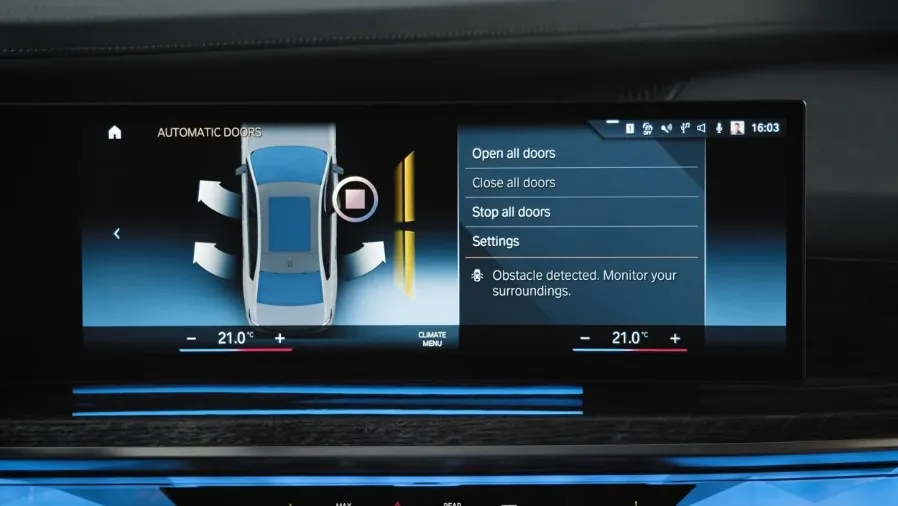
Recent court decisions have established important precedents regarding the role of safety technology in accident liability. Manufacturers’ duty of care now extends beyond basic safety features to include the proper functioning and clear communication of advanced system capabilities and limitations.
Notable Legal Outcomes
Several key cases have shaped how courts view automotive safety technology:
- BMW of North America, Inc. v. Gore (1996): According to Cornell Law School, in this landmark case, Dr. Ira Gore sued BMW after discovering that his new car had been repainted due to pre-sale damage, which was not disclosed. The jury awarded him $4,000 in compensatory damages and $4 million in punitive damages. The U.S. Supreme Court ultimately deemed the punitive damages excessive and reduced them, highlighting the importance of disclosure practices by manufacturers.
- Soft-Close Door Injury (2016): Godwin Boateng was awarded $1.9 million after the soft-close door of his 2013 BMW X5 severed part of his thumb. Despite BMW’s argument that the door was not defective, the jury held the company liable for the injury, as per Gibbs Mura Law Group.
Manufacturer Responsibilities
Courts have consistently outlined BMW’s obligations:
- Clear communication of system capabilities and limitations, including specific guidance in owner’s manuals and digital interfaces about what each safety feature can and cannot do
- Regular software updates to maintain system effectiveness, delivered both through over-the-air updates and scheduled dealer maintenance visits
- Proper documentation of safety feature functionality, with detailed records of system performance specifications and maintenance history
- Adequate dealer training for customer education, requiring certified technicians to demonstrate and explain safety features during vehicle delivery and service visits
- Timely recall notifications when safety systems require critical updates, including proactive customer outreach through multiple communication channels
- Integration of safety system tutorials in vehicle infotainment systems, providing interactive demonstrations of feature operations and limitations
- Maintenance of a detailed database tracking safety system performance and incident reports, accessible to authorized service providers
Future Implications
As BMW continues developing more advanced safety systems, legal frameworks are evolving to address new technological capabilities. The interaction between autonomous features and driver responsibility remains a key focus of ongoing legal discussions.
Emerging Trends
Legal experts anticipate significant developments in how safety technology will shape future liability cases. Modern vehicles now capture extensive data about driver inputs and system activations, revolutionizing accident reconstruction processes. This data allows investigators to create precise timelines of pre-accident events and system responses.
AI-based safety systems face increasing legal scrutiny, particularly regarding their decision-making processes in emergency situations. Courts are establishing new precedents for how these autonomous systems should prioritize different safety factors.
Manufacturers are also seeing expanded responsibilities, both for system maintenance and driver communication. Recent legal frameworks require more intuitive warning systems and regular software updates to maintain safety feature effectiveness throughout a vehicle’s lifetime.
The Bottom Line
BMW’s safety technologies have proven highly effective in preventing and mitigating accidents, but their success still depends heavily on proper driver understanding and use. Legal cases consistently show that while these systems provide valuable protection, they work best as part of a comprehensive approach to vehicle safety that includes driver education and regular system maintenance.
Understanding both the capabilities and limitations of these safety features helps owners maximize their effectiveness while maintaining realistic expectations about their role in preventing accidents. As technology continues advancing, the legal framework surrounding these systems will likely evolve, potentially reshaping how we view the relationship between driver responsibility and automotive safety technology.
Related Posts:



